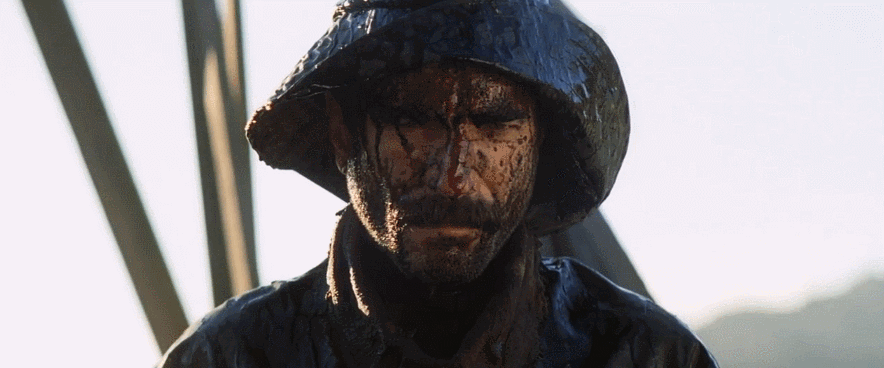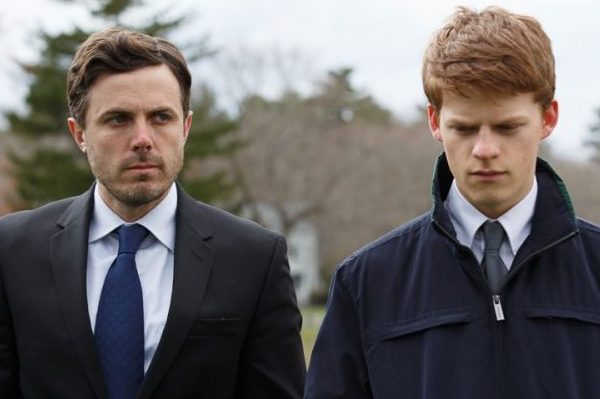Martin Scorsese and Francis Ford Coppola recently threw shade at Marvel movies; the internet was set ablaze with a symphony of anti-climactic nerdgasms. Just when comic book fans thought they had won, a couple of cinematic legends appeared to say, “No, you haven’t. Originality is dead.” The resulting debate wasn’t about Marvel movies, it was about theaters filling their screens with franchises, spinoffs, or an idea of an idea (otherwise known as blockbusters). So where do indies go? It would seem filmmakers with a proclivity for small-budget filmmaking will now have to turn to streaming services. Let’s look at all of the things that outline independent films’ rickety relationship with the silver screen and try to predict where this is going.
Cover Photo: Amazon
Diversify: 10 Incredible Indie Movies You Might’ve Missed This Year
Reality check: 9 Astonishing Ways Martin Scorsese Films Are Exactly Like Comic Book Movies
Follow Mandatory on Facebook, Twitter, and Instagram.
Death of the Indie
-
The American Dream

In a warm and fuzzy world, upward mobility is possible for anyone; all it takes is some good old-fashioned elbow grease and a dream. Writers sit in front of a notebook or keyboard for hours just waiting for that one idea that will change their world. Quentin Tarantino, Diablo Cody, Aaron Sorkin, Oliver Stone, Spike Lee, Stan Lee, Christopher Nolan, George Lucas, even Sylvester Stallone when he wrote Rocky — all in a room by themselves trying to create their own little diamond in the rough.
-
Marginalized Originality

That first story breaks through and sells a bunch of tickets at the box office; instead of becoming a beacon of hope for creatives, it becomes the foundation onto which studios build. Let’s make a sequel, replicate the underdog story (Rocky 2,3,4,5), turn that character into an archetype, and repackage the same thing over and over. All of a sudden you’re dealing with a highly flammable iteration; there’s only one thing you can do to divert everyone’s attention: light that fucker up.
-
Explosions

Oh, audiences have seen superhero movies before? They’re familiar with blood, gore, vampires, werewolves, and kinky sex? Well, then, let’s pack a building full of C4, pump that vampire full of steroids and give Christian Grey a lisp. Studios can always invest more money, go bigger, and make visuals better as long as they have a proven franchise: the Big Mac will sell. When they get sick of eating the same thing, offer them a side of fries, a milkshake, and when all else fails…
-
More Explosions

-
Movie Stars

The actress with the hourglass figure, the hero with the perfect chin; movie stars become just as bankable as the franchises they represent. In a way, the power rests with them. They can fill their pockets and ride the wave or diversify and seek out projects that bring other stars and stories into the limelight, something revolutionary. More often than not, people stick with the cash cow and play it safe. Careers and reputations are at stake. Everyone has to eat.
-
Major Film Studios

Life is good on top. It’s no secret that studios only want to invest in risk-free, proven-to-be-lucrative ideas. Films are tested and tailor-made to ensure financial success. Their regress argument is that originality lies in the idea that came before; this becomes more evident as time goes on. The big wigs in suits pump out blockbusters faster than you can say Fast & Furious 9.
-
Independent Filmmakers

Life is tough on the bottom. Everything is lukewarm; without risk, you're not going to create any favorites, just more of the same (this obviously doesn't apply to everything).
-
Innovation

This adverse effect on the little guy leads to the death of many creative outlets. Our society was built around work ethic and ideas (back to that “The American Dream” thing): the telephone, the Model T, the television. Filmmakers and audiences who want to experience something different will find a way, whether that means turning to television, streaming services, or a dimly-lit stage — places that are not beholden to box office results.
-
Successful Indies

The good news is lengthy theatrical releases are no longer needed for Oscar-worthy indies. Last year's Roma is a perfect example of this as is Amazon's Manchester by the Sea in 2017 (the first time a streaming service was ever nominated for Best Picture). When there are no bad box office headlines to worry about, a film's marketing can focus on traction.
-
Streaming Is the Future

Netflix, Amazon, Disney+, Apple TV+, HBO Max; everyone is getting into the streaming game. We’re on the cusp of a streaming takeover, one that will start in our homes and flood out into theaters (if theaters still exist). People go to movies to see themselves; you can’t relate to explosions, fast cars, and King Kong.
At some point, King Kong is going to get sick of climbing buildings, he’ll want to sit down, turn on Netflix, and chill. The grounded stories will be told; in cinemas or your home, there will always be a demand for something fresh. If anything, independent films will flourish in the streaming arena more than they ever have before; they will be more accessible and visible without the towering shadow of heavily promoted films (and a $10 ticket).
No, indies are not dead. Thanks to streaming, they’ve only just begun.





